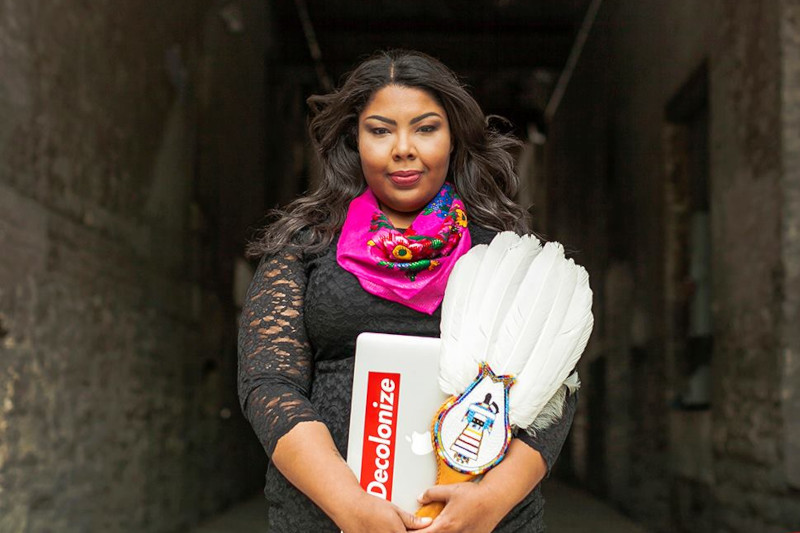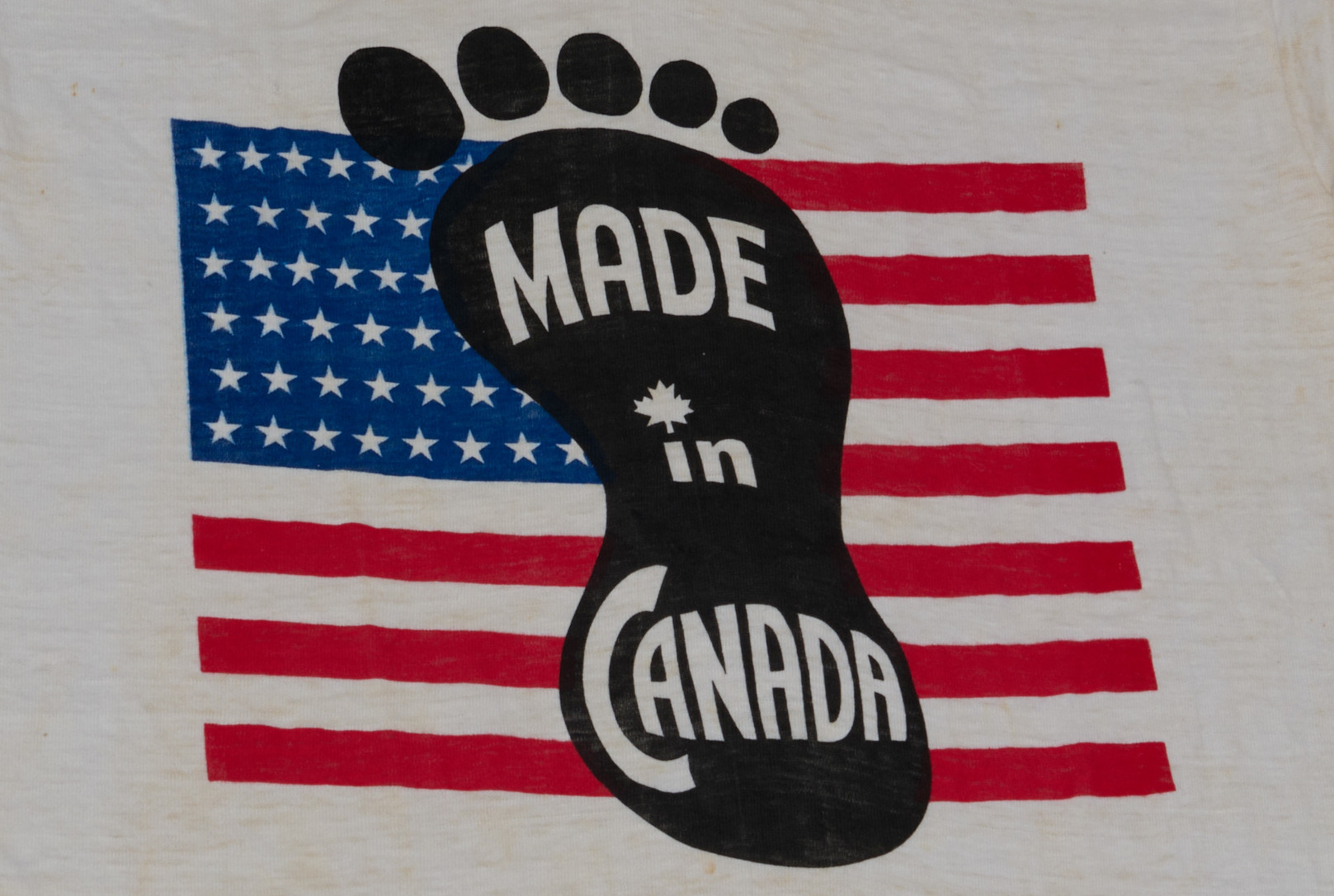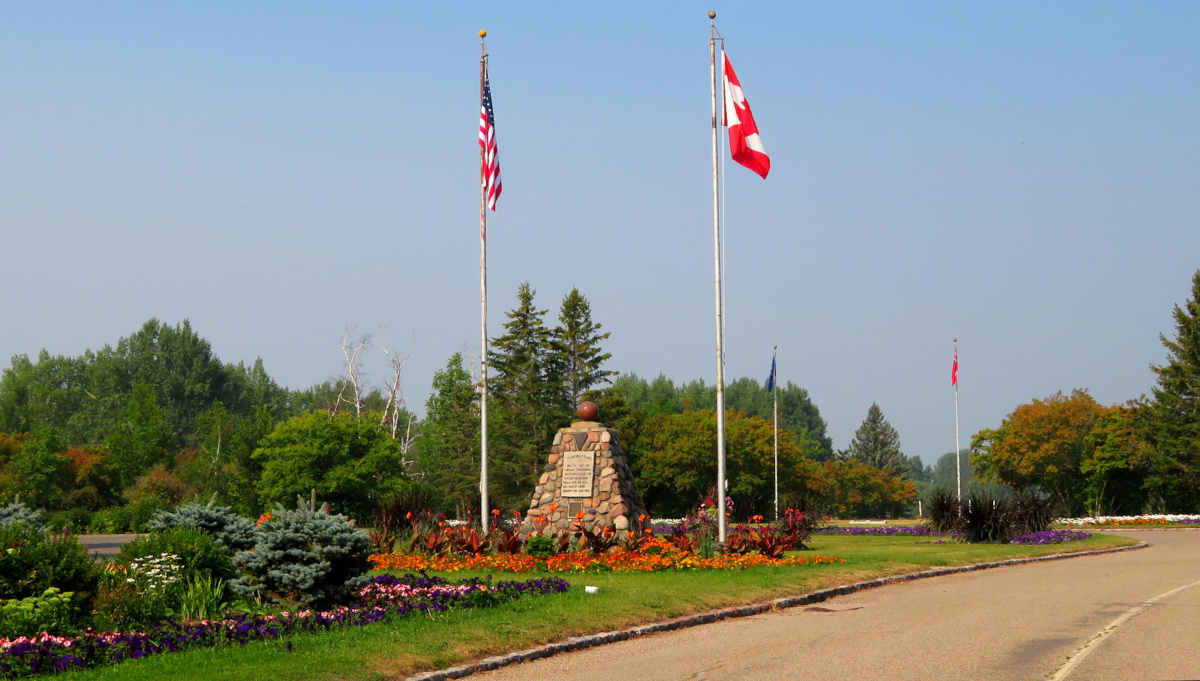Over the past few years, research staff at the Canadian Museum of History have been collecting and documenting various aspects of the COVID-19 pandemic in Canada.
This post focuses on a longstanding educational program that closed its doors for good as a result of the pandemic.
March marked the anniversary of the nearly global adoption of public health restrictions in response to the outbreak of COVID-19 in 2020. These policies transformed schools, workplaces, and other public spaces. Many businesses and organizations were forced to close. One of these was Encounters with Canada, a longstanding forum that brought together youth from across the country to explore Canada’s history and culture.
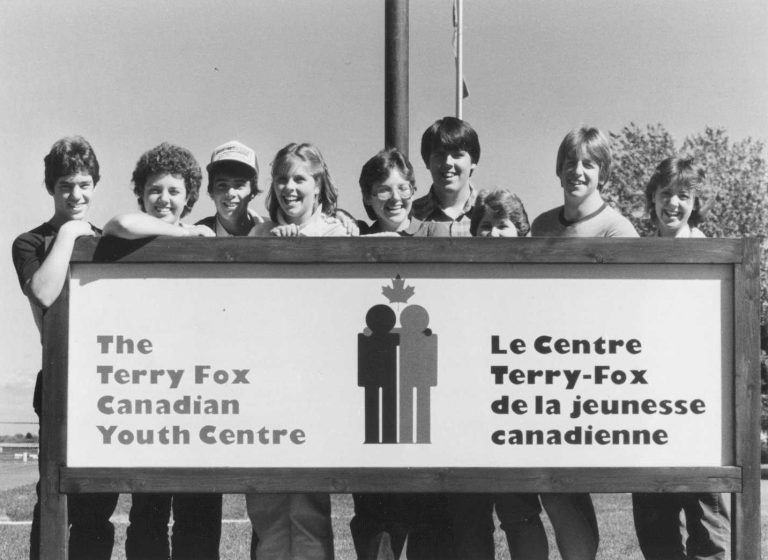
Participants in the inaugural week of Encounters with Canada programming in Ottawa, September 1982.
Photo: Historica Canada
The end of Encounters with Canada
In March 2020, Ottawa’s Manor Park neighbourhood was suddenly and unusually quiet. The weekly stream of teen participants in the Encounters with Canada program came to an abrupt end following the cancellation of in-person gatherings due to the COVID-19 pandemic. In January 2021, less than a year later, the program was shut down for good.
News of the program’s closure triggered many memories, and some sadness, for its vast alumni network. Pam Wattamaniuk volunteered as a teacher-monitor for 28 years, and took part in the program’s final offering in 2020. “Although we knew Encounters was shutting down temporarily because of COVID,” she recalls, “we were heartbroken to learn that the program was being closed permanently. It is a definite loss to our country. All who attended benefitted from the many opportunities provided as part of this program — including the opportunity to simply meet and talk to other young Canadians from coast to coast to coast.”
This unique program — created to foster national unity in youth during an era of perceived national crisis — will be preserved as part of the rich array of Canadian experiences represented in the Museum’s collections.
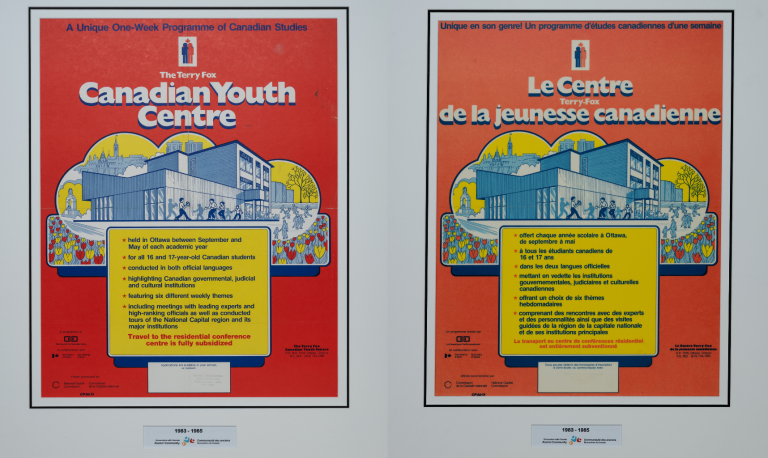
Early posters for the program, around 1983–1985. C
Canadian Museum of History, 2023.40
The origins of Encounters with Canada
Encounters with Canada was a national youth forum that brought groups of roughly 100 teenagers from all over the country to Ottawa, throughout the school year, for week-long conferences structured around particular themes. It was one of the country’s largest youth-exchange conferences, and touched the lives of more than 113,000 teens in Canada, not to mention thousands of volunteers.
It started out as the brainchild of the organization that became the Council for Canadian Unity. The Council was a pan-Canadian organization born in the mid-1960s. Quebec’s Quiet Revolution was stirring nationalist and separatist sentiment in the province, causing concern within federalist circles. Concerned primarily with the perceived threat of Quebec separation, the Council worked actively for the “No” side during the two Quebec referendums. It also sought to initiate programs and initiatives to repair what it saw as frayed national identity and unity.
In 1978, following a national survey showing support for national-scale youth programs that were designed to foster Canadian identity and build knowledge of the country, the Council began planning just such a program.
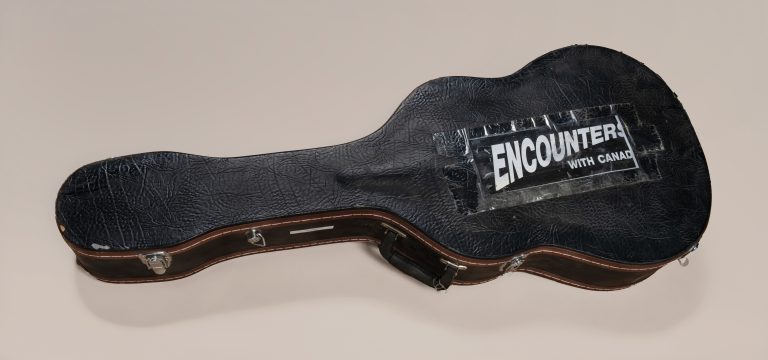
Guitar case from Terry Fox Youth Centre
Canadian Museum of History, 2023.40
The headquarters and program
The Council purchased a former school in Ottawa’s Manor Park neighbourhood and retrofitted it with dormitories, volunteer quarters, a cafeteria-auditorium space, and other facilities. It was renamed the Terry Fox Canadian Youth Centre in 1982 and welcomed its first cohort of program participants that fall.
The program had three key components:
- Sessions on Canadian institutions within the National Capital Region.
- Educational modules on topics such as official languages, youth engagement, peace, Canadian history, and more.
- Career-focused sessions as wide-ranging as arts and culture, ecology and the environment, international affairs, journalism and communications, politics, science and technology, sports and fitness, and many others.
In 2006, funding shortfalls at the Council led to the Historica Foundation (now Historica Canada) taking over the program. The program was also supported by several sponsors, including VIA Rail, the Royal Canadian Legion, and others.
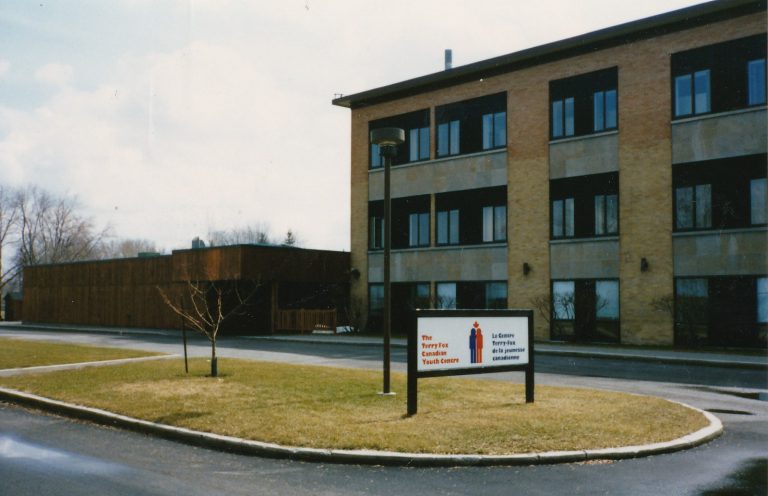
The Terry Fox Youth Centre in 1982.
Photo: Historica Canada.
Closure and collection
“It was a very painful but necessary decision to close the program for good,” says Anthony Wilson-Smith, President and CEO of Historica Canada. “It was costing us many thousands of dollars a month to maintain our facilities during the shutdown, without our usual sources of revenue. We had no idea when we could open our doors again, or who would be willing to come even if we could, given all the health concerns. As a charitable organization, we couldn’t afford to do that without putting our other programs at risk.”
After the program’s closure, the Terry Fox Youth Centre was put up for sale by Historica Canada. It was purchased by an anonymous buyer with the goal of creating a community centre. The Manor Park Community Council will be the lead community programmer for the building.
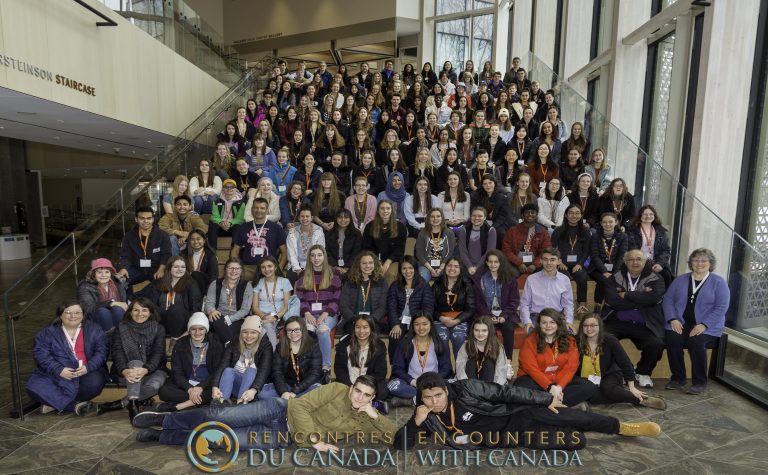
Participants in the final session of Encounters with Canada, March 2020. Photo: Historica Canada
Photo: Historica Canada
The Canadian Museum of History worked with representatives of both Historica Canada and the Community Council to acquire selected objects from the building, before demolition and renovation work began.
As an alumnus of the program (I travelled from Kamloops, BC to attend a week on Canadian politics in the mid-1990s), walking down the halls of the building gave me fascinating moments of teenage flashbacks. Memories of chaotic meals in the auditorium, guest speakers, and mock political assemblies filled my mind as we went through material in the now empty space. A lone guitar case, with an Encounters sticker proudly featured on its side, brought back memories of improvised talent shows and enthusiastic teacher chaperones herding students into the large dorm spaces at curfew.
The building and site, meanwhile, will doubtless become a humming centre of activity soon enough. And the legacy of the program lives on in the hundreds of thousands of lives it touched. It will also be preserved in the collections of the Canadian Museum of History.
Further reading:
- “Signs of the COVID-19 Era: Collecting Pandemic History” blog post by James Trepanier
- “Vaccine Mandates in Historical Context” blog post by James Trepanier
- ““Desserts” is “Stressed” Backwards: COVID-19 and Pandemic Foodways in Canada” blog post by Laura Sanchini
- “Pandemic Protests and “Freedom Convoy” Context” blog post by James Trepanier and Daniel Neill

James Trepanier
James Trepanier joined the Museum in 2013, and was part of the exhibition team for the Canadian History Hall, which opened in 2017. He led the development of content related to diversity and human rights, 20th century social and political history, the history and legacy of Indian residential schools, and early 20th century growth and social reform.
Read full bio of James Trepanier
